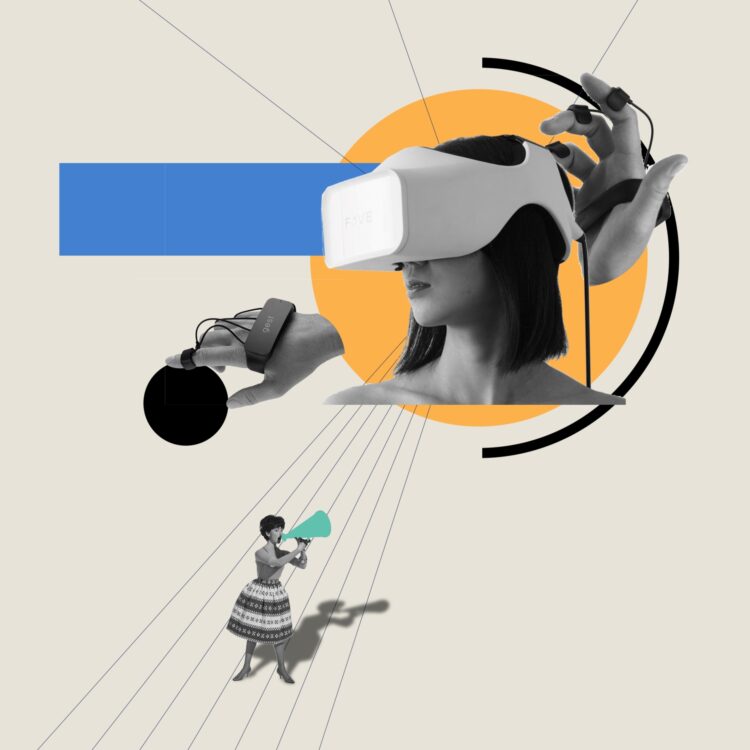Exploring Intelligent Wearable Technologies through Speculative Design
Mar 2022 - ongoing
The rising and prevalence of technologies like artificial intelligence has deeply and irreversibly changed the way we live.
Within the context of everyday use of technological artifacts, smart wearables (e.g. fitbits, AR/VR glasses, etc.) are on top of the list. These objects are so close to our body when we are using them, in such we can even see them as the extension of our body. Due to this kind of intimateness and closeness, we are most likely to be deeply influenced by those devices even without notice. They are entangled with how we interact with the world and others. This situation renders it imperative to gain deep understanding of the relationship between humans and those technological artifacts.

Within the context of healthcare, more and more elderly people are using smart wearables for monitoring and detecting physiological measurements or managing their daily life. How humans frame those technological artifacts hasn’t been fully investigated. In that, it is imperative to understand the way people frame the technology artifacts and how ethical issues are related to the framing process. More importantly, it is of great concern for design practitioners to understand how to design for a more meaningful relationship between humans and technological artifacts.
This project will use the research-through-design methodology. Speculative design methods will be deployed as a way to actuate the abstract future and trigger people’s true responses while interacting with speculated technological artifacts. The design fiction will serve both as means – to deeply understand people’s framing process – and as ends – that sheds some light on the ethical challenges of smart wearables. The in-depth understanding of the process of framing will finally lead to design implications that will guide design practitioners to design in a more socially good way.
Main opportunities of this project would be the potential of, even if partially, understanding the underlying mechanism of how people differently frame the smart wearables and how designers can purposefully design for a beneficent technology use. There is also an opportunity to demonstrate how speculative design can both facilitate research and translate theoretical knowledge across different disciplines into an engaging experience that can provoke thoughts. Limitations mostly relate to language and technology. How to realize the interaction and how much part of it needs to be successfully implemented that can be enough to stir discussions and generate insights will be explored and tested within the project.